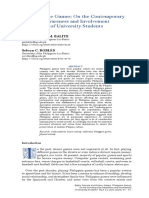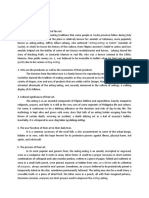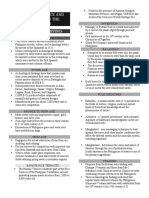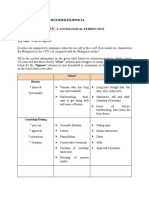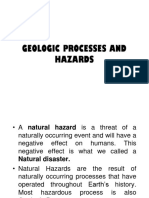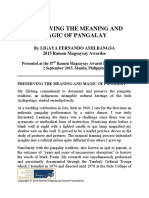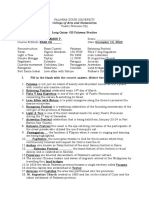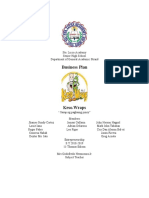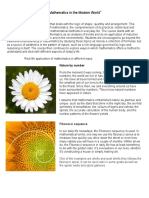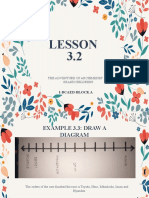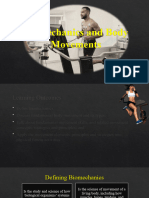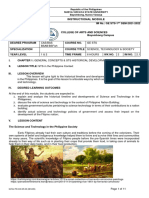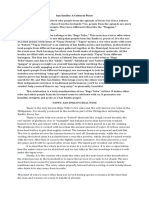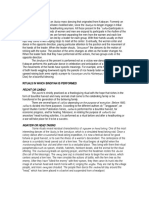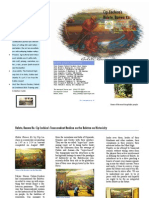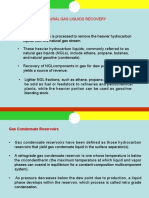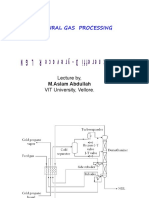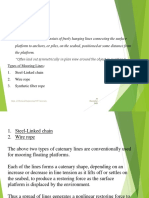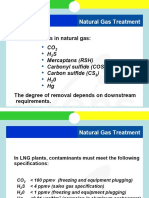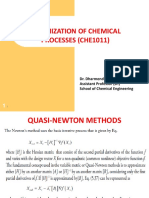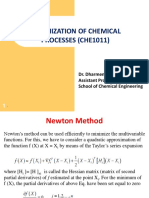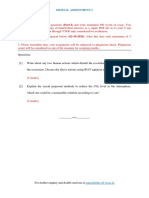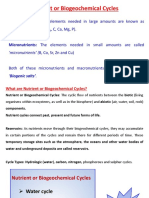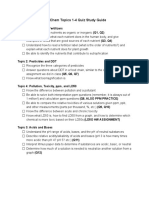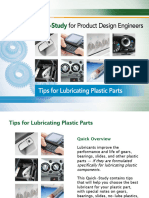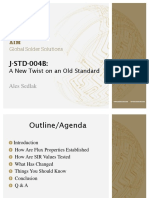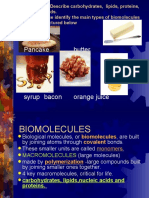0% found this document useful (0 votes)
148 views15 pagesModule 1 (Ii) - 2
The major components of an ecosystem include producers, consumers, and decomposers. [1] Producers include plants and some bacteria that produce their own food through photosynthesis or by using chemicals. [2] Consumers, also called heterotrophs, obtain energy by eating producers and other organisms, and are classified as herbivores, carnivores, omnivores, scavengers, and detritivores. [3] Decomposers like fungi and bacteria break down dead organic matter into simple nutrients and return them to the soil.
Uploaded by
ermiasCopyright
© © All Rights Reserved
We take content rights seriously. If you suspect this is your content, claim it here.
Available Formats
Download as PDF, TXT or read online on Scribd
0% found this document useful (0 votes)
148 views15 pagesModule 1 (Ii) - 2
The major components of an ecosystem include producers, consumers, and decomposers. [1] Producers include plants and some bacteria that produce their own food through photosynthesis or by using chemicals. [2] Consumers, also called heterotrophs, obtain energy by eating producers and other organisms, and are classified as herbivores, carnivores, omnivores, scavengers, and detritivores. [3] Decomposers like fungi and bacteria break down dead organic matter into simple nutrients and return them to the soil.
Uploaded by
ermiasCopyright
© © All Rights Reserved
We take content rights seriously. If you suspect this is your content, claim it here.
Available Formats
Download as PDF, TXT or read online on Scribd
/ 15
